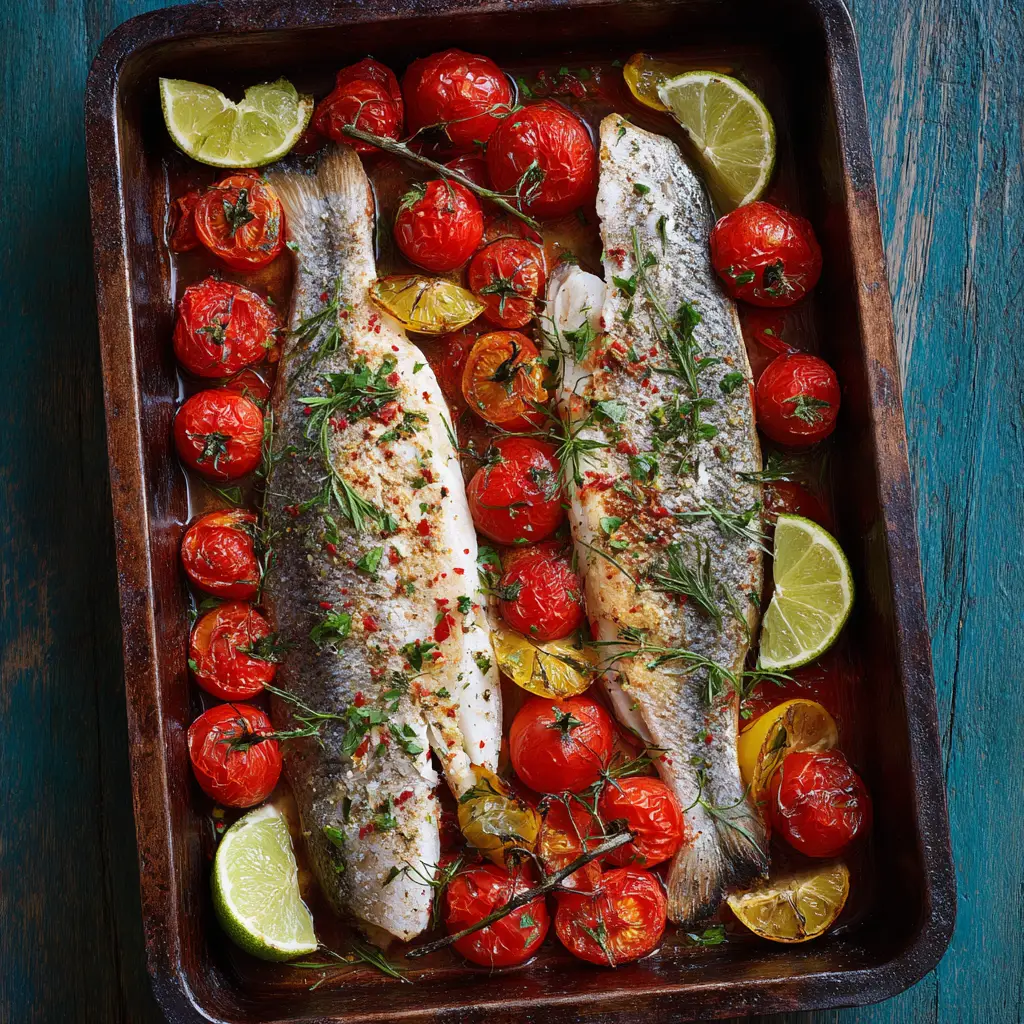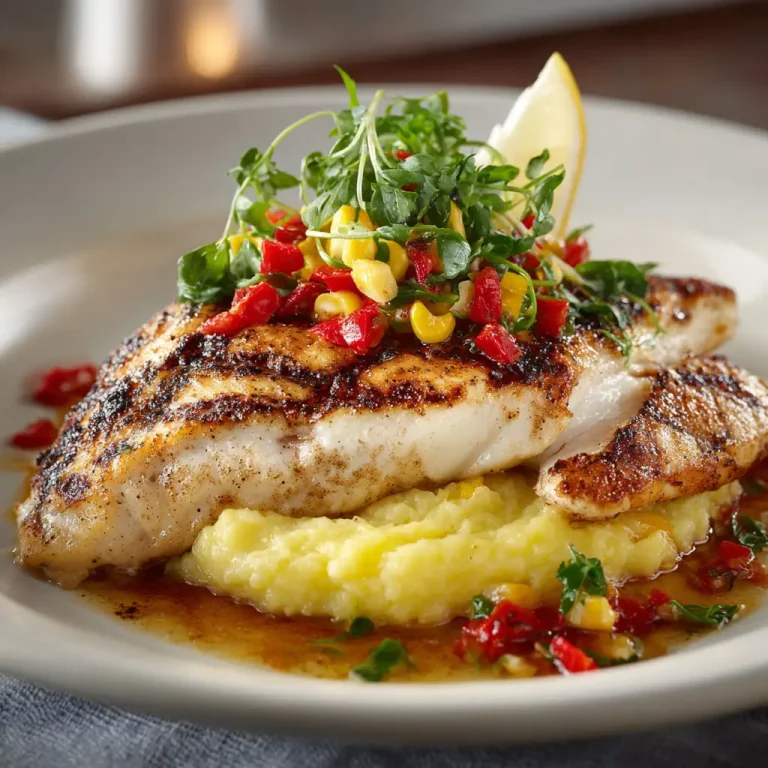Fish Recipes: Easy, Healthy, and Delicious Dishes for Every Meal
Introduction
Fish has long been celebrated as a versatile and nutritious food that can be transformed into countless culinary delights. Its delicate texture and subtle flavor make it a favorite for both quick weeknight dinners and elaborate gourmet meals. Cooking fish properly brings out its natural sweetness while offering an impressive array of health benefits. Rich in omega-3 fatty acids, lean protein, and essential vitamins, fish supports heart health, boosts brain function, and promotes overall wellness.
Exploring fish recipes opens a world of creativity in the kitchen. From pan-seared fillets to baked fish with aromatic herbs and spices, the possibilities are endless. Each recipe offers a unique blend of flavors, textures, and aromas, allowing cooks to experiment while keeping meals exciting. Fish is also highly adaptable to various cooking methods including grilling, steaming, poaching, and frying, which ensures there is a technique for every skill level and every occasion.

The appeal of fish recipes extends beyond taste and nutrition. Preparing fish can become a meditative and rewarding experience, especially when fresh ingredients are involved. Selecting the right fish, pairing it with complementary herbs, and balancing flavors requires attention and care, resulting in dishes that feel thoughtfully crafted. Whether cooking for family, friends, or oneself, fish recipes deliver satisfying meals that are elegant, wholesome, and memorable.
Ingredients Needed
The following table outlines the ingredients for a basic yet flavorful fish recipe, along with their calorie counts per serving. These quantities are suitable for preparing two to three servings.
| Ingredient | Quantity | Calories per Serving |
|---|---|---|
| Fresh fish fillets (salmon, cod, or tilapia) | 2 fillets (approx. 200 grams each) | 280 |
| Olive oil | 2 tablespoons | 240 |
| Lemon | 1, juiced | 12 |
| Garlic | 3 cloves, minced | 13 |
| Fresh parsley | 2 tablespoons, chopped | 2 |
| Salt | 1 teaspoon | 0 |
| Black pepper | 1 teaspoon | 6 |
| Paprika | 1 teaspoon | 6 |
| Optional vegetables (zucchini, bell peppers, carrots) | 2 cups, sliced | 50 |
These ingredients create a foundation for a simple, tasty, and visually appealing fish dish. Adjusting quantities and adding additional herbs or spices can easily personalize the recipe without affecting its nutritional balance significantly.
Step-by-Step Cooking Instructions
- Begin by preparing the fish. Rinse the fillets under cold water and pat them dry with paper towels. This helps ensure a crisp surface when cooking.Looking for something similar? Check out Air Fryer Fish Recipes.
- In a small bowl, mix olive oil, minced garlic, lemon juice, paprika, salt, and black pepper. Stir thoroughly to create a flavorful marinade.
- Coat the fish fillets evenly with the marinade, making sure both sides are well covered. Let the fillets rest for at least 15 minutes to absorb the flavors.
- Preheat a skillet over medium-high heat. Once hot, add the marinated fish fillets carefully. Cook each side for 3 to 5 minutes, depending on thickness, until the fish is opaque and flakes easily with a fork.
- If using vegetables, lightly sauté them in a separate pan with a teaspoon of olive oil. Season with a pinch of salt and pepper for enhanced flavor.
- Once the fish is cooked, remove it from the skillet and let it rest for a few minutes before serving. This allows the juices to redistribute, making the fish tender and moist.
- Garnish the fish with fresh chopped parsley and a slice of lemon for a bright, fresh presentation. Serve immediately with sautéed vegetables or a side of choice.

Tips for Customizing the Recipe
Enhancing fish recipes can be simple and fun. Different herbs such as dill, thyme, or basil can replace parsley for varied flavor profiles. Experimenting with spices like cumin, coriander, or smoked paprika adds depth and complexity. For a lighter version, baking the fish in parchment paper or foil retains moisture without added oil.
Adding sauces such as a light lemon butter drizzle or a fresh salsa can transform a standard dish into something extraordinary. Combining different fish types in a single meal, such as pairing salmon with cod, creates a variety of textures and flavors on the plate. Marinating fish overnight intensifies taste, especially with ingredients like soy sauce, ginger, and honey.
For those who enjoy a smoky flavor, grilling fish on an outdoor grill or using a stovetop grill pan is ideal. Maintaining proper cooking temperature is crucial to prevent overcooking. Fish cooks quickly, so monitoring the process ensures it remains tender, juicy, and flavorful.

Nutritional Information
Fish is a nutritional powerhouse that delivers high-quality protein and essential nutrients. A serving of fish fillet, such as salmon, provides around 22 grams of protein, promoting muscle health and satiety. Omega-3 fatty acids present in fish support heart health, reduce inflammation, and enhance cognitive function.
Vitamins such as B12, D, and niacin contribute to energy metabolism and bone health, while minerals like selenium and iodine strengthen the immune system and support thyroid function. Low in saturated fat, fish is an excellent choice for those seeking heart-friendly and weight-conscious meal options. Including fish in the diet at least twice a week can improve overall nutritional intake significantly.
Vegetables served alongside fish add fiber, antioxidants, and essential vitamins, further enhancing the health benefits. Combining lean protein with nutrient-dense vegetables ensures a balanced, wholesome meal that satisfies both taste and dietary needs.
Serving Suggestions
Fish pairs beautifully with a variety of sides. Roasted or steamed vegetables like asparagus, broccoli, or carrots add color and texture to the plate. A serving of whole grains such as quinoa, brown rice, or couscous provides sustained energy and complements the delicate flavor of fish.
Fresh salads with light vinaigrette, avocado slices, or citrus segments enhance freshness and brightness. For a Mediterranean touch, serve fish with olives, cherry tomatoes, and feta cheese. Garnishes like fresh herbs, lemon wedges, or a drizzle of extra virgin olive oil elevate presentation and flavor.
Wine enthusiasts can pair fish dishes with white wines such as Sauvignon Blanc or Chardonnay, which complement the natural flavors without overpowering them. Alternatively, sparkling water with a splash of lemon provides a refreshing non-alcoholic option.
Fish Recipes: Easy, Healthy, and Delicious Dishes for Every Meal
Course: Blog2-3
servings15
minutes10
minutes250-300
kcalIngredients
2 fresh fish fillets (salmon, cod, or tilapia, about 200 grams each)
2 tablespoons olive oil
1 lemon, juiced
3 garlic cloves, minced
2 tablespoons fresh parsley, chopped
1 teaspoon salt
1 teaspoon black pepper
1 teaspoon paprika
Optional vegetables (zucchini, bell peppers, carrots, 2 cups, sliced)
Directions
- Rinse the fish fillets under cold water and pat dry with paper towels.
- In a small bowl, mix olive oil, minced garlic, lemon juice, paprika, salt, and black pepper.
- Coat the fish fillets evenly with the marinade and let them rest for 15 minutes.
- Preheat a skillet over medium-high heat. Add the fish carefully and cook each side for 3-5 minutes until opaque and flaky.
- If using vegetables, sauté them in a separate pan with a teaspoon of olive oil and a pinch of salt and pepper until tender.
Recipe Video
Notes
- For a lighter version, bake the fish in parchment paper at 375°F for 12-15 minutes.
Marinating the fish for 30 minutes enhances flavor.
Use fresh fish for the best taste and texture.
Frequently Asked Questions
Can I use frozen fish instead of fresh fish?
Yes, frozen fish works well. Ensure it is fully thawed and patted dry before cooking to achieve the best texture.
How can I prevent fish from sticking to the pan?
Use a hot skillet and lightly coat it with oil. Pat the fish dry and avoid moving it too early during cooking.
Is it safe to eat fish every day?
Moderate consumption of fish is healthy. Choose a variety of fish and limit high-mercury species to maintain safety.
Can I cook fish in the oven instead of a skillet?
Absolutely. Baking at 375 degrees Fahrenheit for 12 to 15 minutes, depending on thickness, produces tender and moist results.
What are the best spices for fish?
Garlic, paprika, black pepper, dill, thyme, and lemon zest are popular choices. Experimenting with combinations enhances flavor.
Conclusion
Cooking fish is both an art and a science. The right ingredients, careful preparation, and attention to flavor balance create dishes that are satisfying, nutritious, and visually appealing. Fish recipes provide endless opportunities for creativity in the kitchen, whether crafting a simple weeknight meal or a special dinner for guests.







